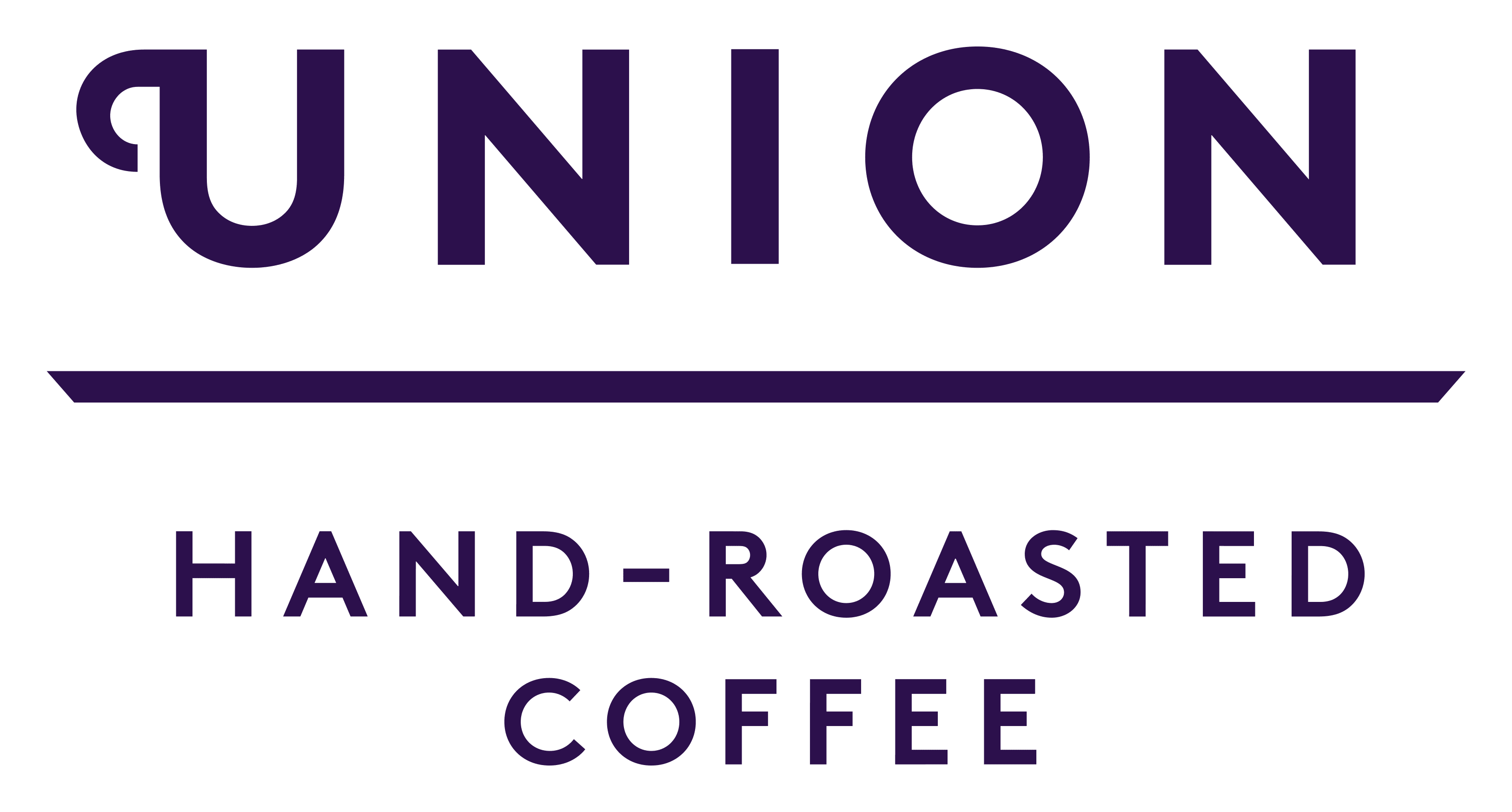First Published - March 16, 2016 (By Pascale - Coffee Lover, Traveller and Mother)
Hello! I’m Pascale. According to a lot of my colleagues I’ve got one of the most exciting roles at Union. If you’ve read any of my other blogs though, you’ll know it’s not all glamour and excitement. My job involves a lot of travel and a hectic schedule. However, because I am so heavily involved in our Direct Trade relationships, I have to work hard to make sure we keep this important part of our business at the heart of what we do. Why does this matter? Well I took part in a discussion recently about whether or not coffee farming can be profitable.
Before I get to that, I’ll give you a bit of background first. I’d grab a coffee if I were you, this is about to get complicated. Or if you’re the sort of person who prefers to watch, you can skip to the end of this blog, where you’ll see the live discussion in full…
As you know Union has been sourcing, roasting, living and loving good coffee since 2001. I started my part of that journey in 2010; graduating as an international development student from Wageningen University (that’s in the Netherlands, to save you a Google search), specialising in agricultural economics. My role as Relationships Manager mostly focuses on the socio-economic side to coffee – Essentially that means I work on a daily basis with our producers. When I’m not writing blogs that is! Over the last few years I’ve also worked with the International Center of Tropical Agriculture in Cali Colombia and World Coffee Research on the socio-economics of coffee production. Union Hand-Roasted Coffee has given me a lot of space and freedom to explore sustainability within coffee, for which I am very grateful.
Since the start, costs and farmworkers rights/conditions has been a major topic of interest to me. If we (Union) want to pay farmers, a fair price – and we strongly feel the C-market doesn’t always provide that price – we need to understand their cost first. There are no other guidelines ‘available’.
It took me a couple of years, many origin visits and a lot of talking with farmers, millers and exporters to grasp the complexity of coffee socio-economics and especially the cost of production (COP). I was very naïve in the beginning, “if people would just pay more, things would be better”.
I spent a lot of time living and working in Guatemala, where producers process their cherries at home and deliver the parchment to a cooperative. The cooperative didn’t have an export license, nor hulling equipment and needed to out-source these activities. But this is just one of the many models you can find at origin.
Why was it that producers in African countries only received 0.20 – 0.50 cents for their coffee? Outrageous! It took a trip to Africa to see that these producers sell the coffee cherries and not the parchment and in the most ideal conditions it takes around 5 kilos of cherries to produce one kilo of green coffee beans. In my experience, the washing stations in, for example, Rwanda need between 6-7 kilo’s. So, you need to multiply that amount by 5, 6 or even 7 or 8 for some central mills to get the green been equivalent. Is this sounding complicated? The simple fact is there is no one-size-fits-all problem and all that complexity means there isn’t a one-size-fits-all solution either.

(My coffee travels also brought me to Panama where I fell in love with a Panamanian coffee farmer. In June 2014 a coffee baby was born, Eliah my baby joins me on all my travels whilst daddy often is busy on the farm. That’s us in the picture.)
There are a number of stages between us and the farmer. Stages the coffee needs to go through before it can be exported. Stages where value is added and costs are made. Coffee is a cherry and it needs to be processed to take the bean out. It needs to be picked, pulped, fermented, washed, dried, hulled and sorted and selected various times at various stages. Then there is the exporter and the shipping company, who transport the bean from origin to the consuming country.
All off the steps have a purpose, and each adds cost to a coffee. Also, each participant is entitled to earn a profit margin. The farmer needs to feed his family, but the truck driver and the exporter also need to send their children to school.
Sometimes the farmer is the mill and exporter, and sells the green bean. Sometimes the farmer sells his cherry through a cooperative. And then there exists many variations or structures within these models. You cannot easily compare those structures.
COP is not only labour, fertiliser, etc. To understand COP you need to sit down with producers, after harvest and exporting and check the numbers. How many kilos of cherries did they buy/harvest? How many kilos of coffee did they sell? The first obvious step is making sure farmers keep good and reliable data on this. You’d be surprised at how many farmers do not keep accurate records on cherry weight/parchment weight. You’d be surprised how many farmers/coop’s do not monitor and analyse their cherry/parchment/green rates.
Occasionally, you see depressing numbers in the newspapers; farmers get only 1% of the price of a final cup of coffee. The truth is I don’t know what a fair-share is. We are a wholesale company, with no coffee shops, – so I’ve never really dug into those numbers. What I do know, is that even if the barista gets paid the minimum wage, his hourly wage will be almost twice what a day’s work in producing countries is. Then there is rent, equipment and cups and sugar etc. Again this is an example of how important it is to analyse things in their context.
In my work I have been trying to find ‘the golden standard’ expressed as a percentage of the Free On Board (F.O.B) price that should go as a minimum to the farmer (his share of the F.O.B. price), but I haven’t figured it out yet. Calculations are just so difficult and context dependent.
Instead of paying a ‘high price’ to the farmer, a cooperative might opt to use some money/profit and provide farmers free agronomic advice, or subsidise input projects. They might even invest in non-coffee related projects such as health or education. They might choose to buy a car, to attend to their farmers better. If agreed upon in the general assembly (a farmers meeting where they sit down and talk and approve how the profits are going to be spend) who am I to say no that’s not a right investment of your profits you should pay the farmer more in order to fit the golden standard?
I know your head will be hurting by now, but the context of this issue is so important, if you decide that you want to make numbers comparable and convert all prices paid to farmers (cherry, parchment, green) to its green bean equivalent. You might miss very important details when you are analysing and interpreting the data.
And this is where it becomes even more complicated! What are we actually looking for?
- Do coffee farmers make a profit? (Absolute number,depends on the point you measure it (has the farmer just pruned or planted) I can make a profit, – but still not make a living to be profitable)
- Is coffee farming profitable (Relative number, my ability to make profit this requires a long term view)
- Are coffee farmers making a living? (this depends on many more factors)
- Are farmworkers making a living?
These are four very distinct questions, – and then we need to factor in that coffee in some cases is the farmers only cash crop and income source and in some cases, it is one of many sources.
For Union Coffee, it’s really important to know the farmer covers his cost of production, and earns a decent (in every sense) profit margin. We also need to accept/recognise that even if we do that, some farmers are still not making a living. A farmer that produces 100 kilo’s of green coffee (which is a realistic number for many smallholders) and earns a net profit of a dollar per kilo, still only makes a thousand dollars of profit for a year’s work. He needs to feed his family, send his children to school, pay for health care, do additional coffee investments, etc, etc.
Talking about cost of production in a well-informed manner automatically means taking the context. There are No blue prints, no golden standards and no silver bullets.
Relationship coffee and Direct Trade is an essential step in understanding cost of production. Only by knowing and visiting the farmer, the picker, the mill, the exporter can you can have conversations about these topics and truly understand what is going on at origin.
You can see my complete conversation I had with the SCAA on Cost of Production here:
I’d love to know what you think about this subject, leave your thoughts in the comments section below.





